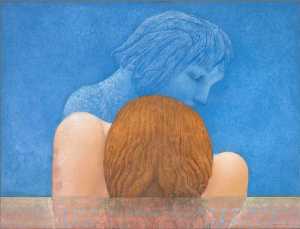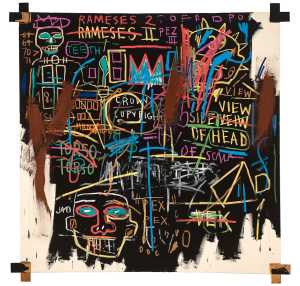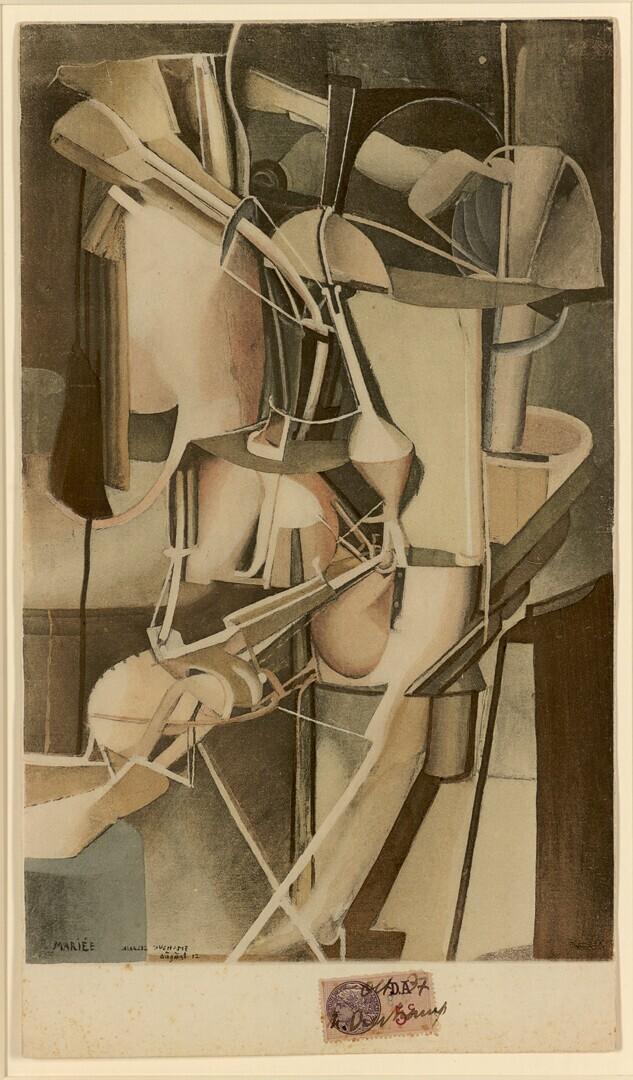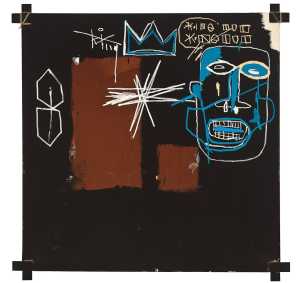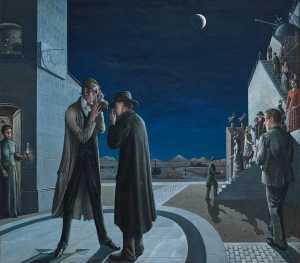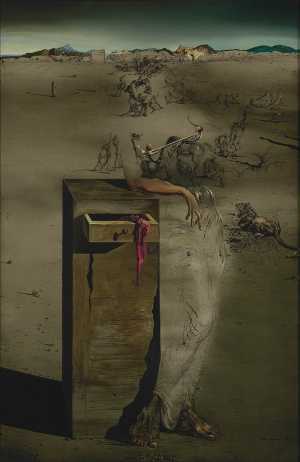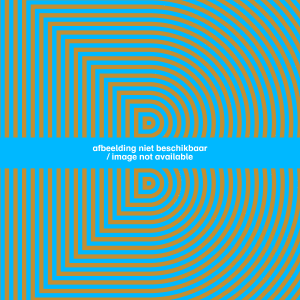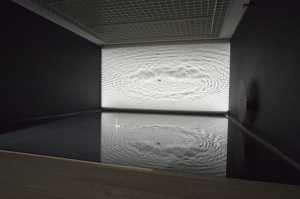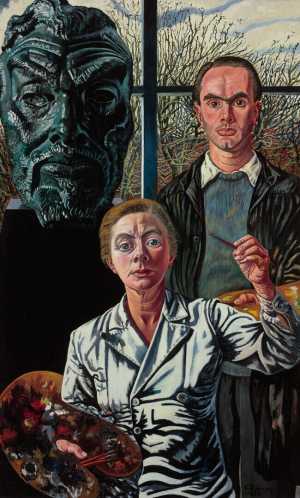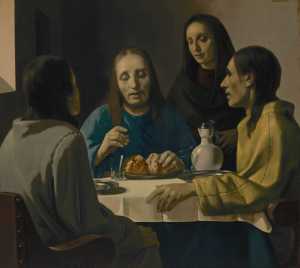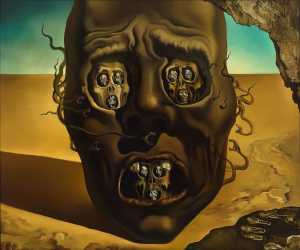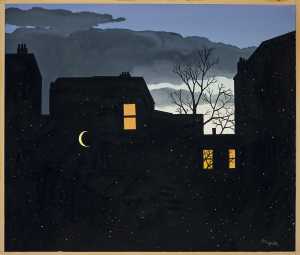Specifications
| Title | Mariée |
|---|---|
| Material and technique | Lithograph on paper |
| Object type |
Print
> Two-dimensional object
> Art object
|
| Location | This object is in storage |
| Dimensions |
Height 350 mm Width 195 mm |
|---|---|
| Artists |
Artist:
Marcel Duchamp
|
| Accession number | MB 1993/4 (MK) |
| Credits | Purchased 1993 |
| Department | Modern Art |
| Acquisition date | 1993 |
| Creation date | in okt 1937 |
| Provenance | Sotheby’s New York, 16 November 1993, lot. 48 |
| Exhibitions | Sydney 1997; Rotterdam 1998a; Bruges 1999; Rotterdam 2010 |
| Research |
Show research A dream collection - Surrealism in Museum Boijmans Van Beuningen |
| Literature | Bonk 1989, p. 214; De Jonge 1995, p. 54; Naumann 1999, pp. 21, 134, 136; New York 1999, p. 136; Schwarz 2000, p. 744, cat. no. 456; Von Berswordt-Wallrabe 2003, pp. 106-07 |
| Material | |
| Object | |
| Technique |
Colour lithograph
> Lithograph
> Manual
> Planographic printing
> Printing technique
> Technique
> Material and technique
|
| Geographical origin | France > Western Europe > Europe |
Do you have corrections or additional information about this work? Please, send us a message


